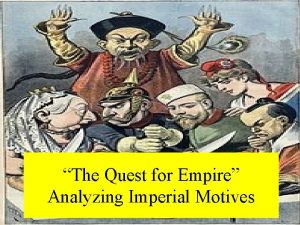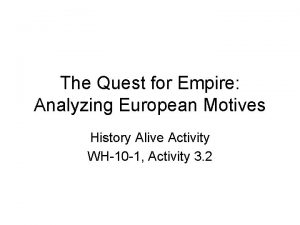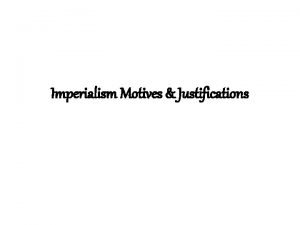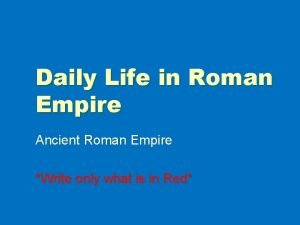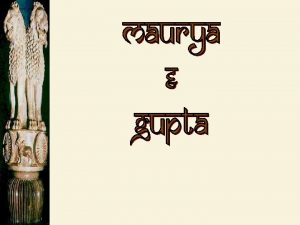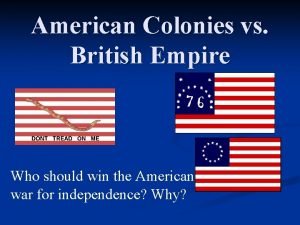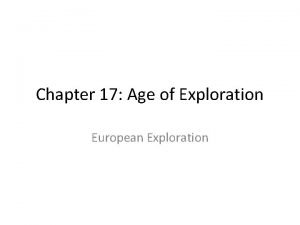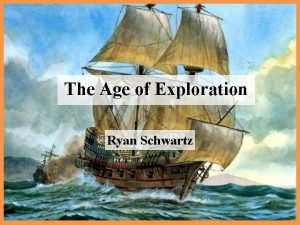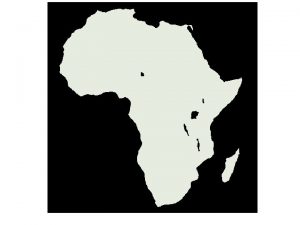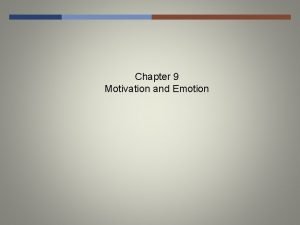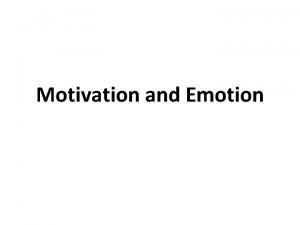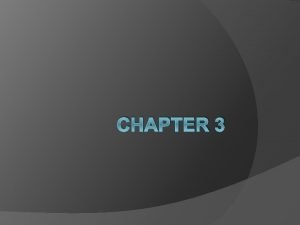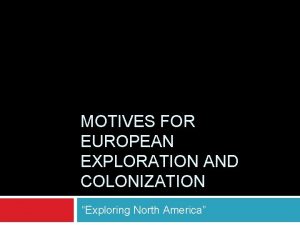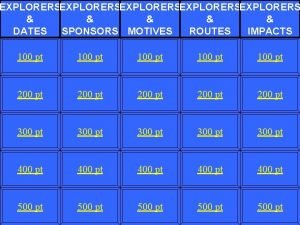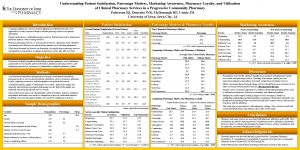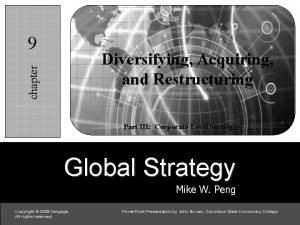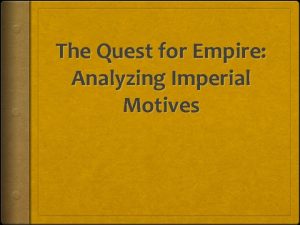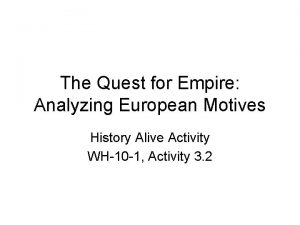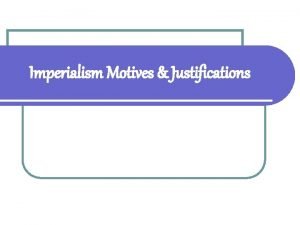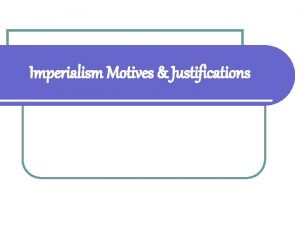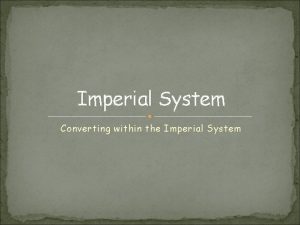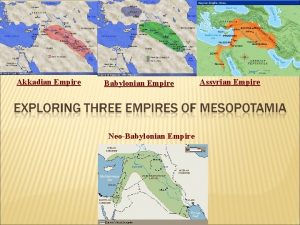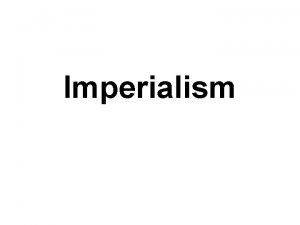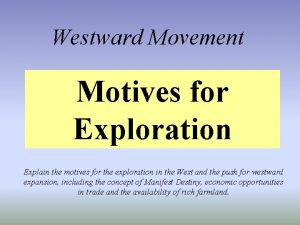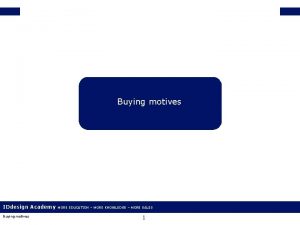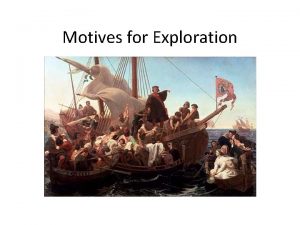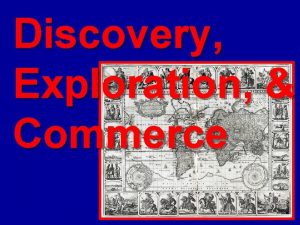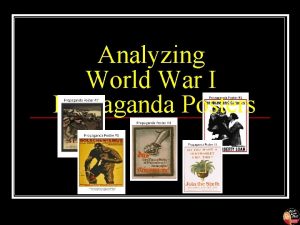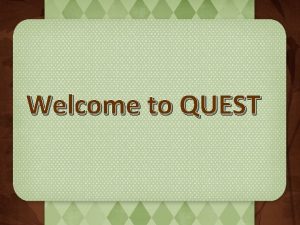The Quest for Empire Analyzing Imperial Motives PairShare






















- Slides: 22

“The Quest for Empire” Analyzing Imperial Motives

Pair-Share • What would be some reasons why a country would want to imperialize (take-over) another?

Standard 10. 4. 1 • Describe the rise of industrial economies and their link to imperialism and colonialism (e. g. , the role played by national security and strategic advantage; moral issues raised by the search for national hegemony, Social Darwinism, and the missionary impulse; material issues such as land, resources, and technology).

Objective • Students will be able to describe the imperial motives by analyzing placards.

Instructions • Get with your Big Ben appointment, desks side-by-side, two feet apart from other partners. • On your worksheet: Analyzing Imperial Motives and draw a simple symbol to represent each motive. • Pick up ONE placard and complete the worksheet. • Let’s do one together…

Placard A: Open shaft mining at Kimberley, South Africa, in 1872

Placard B: A Methodist Sunday School at Guiongua, Angola, in 1925

Placard C: Germans taking possession of Cameroon in 1881

Placard D: Quote from explorer Henry Stanley in 1882

Placard E: Africans bringing ivory to the wagons in Southe Africa 1860

Placard F: Sketch map of Central Africa, showing Dr. Livingston’s exploration

Placard G: An advertisement for Pear’s Soap from the 1890’s, and one stanza of the British poet Rudyard Kipling’s poem, The White Man’s Burden in 1899.

Placard H: Mrs. Maria C. Douglas, doctor and missionary, and the first class of pupil nurses in Burma, in 1888

Placard I: British cartoon showing the Chinese being savaged by European powers, and the poem The Partition of China, 1897

Placard J: Bagged groundnuts in pyramid stacks in West Africa

Placard K: French capture of the citadel of Saigon, Vietnam

Placard L: British Lipton Tea advertisement in the 1890’s.

Placard M: British cartoon “The Rhodes Colossus, ” showing Cecil Rhodes’ vision of making Africa “all British from Cape to Cairo, ” 1892

Placard N: Epitaph and quote from missionary and explorer David Livingston

Placard O: An imperial yacht passing through the Suez Canal in Egypt at the opening of the canal in 1870.

Wrap-Up

Locations of Imperialism Using the map, answer the following Questions: 1. Which European countries appear to Control the largest empires? 2. Which countries controlled the least? 3. What might be the result of unequal possession of colonies? 4. How was the non-European world affected by imperialism?
 Ivory
Ivory Quest leading motives
Quest leading motives Analyzing the motives for imperialism
Analyzing the motives for imperialism Ancient rome recreation
Ancient rome recreation Mauryan empire and gupta empire venn diagram
Mauryan empire and gupta empire venn diagram American empire vs british empire
American empire vs british empire Types of motives in psychology
Types of motives in psychology Triangular trade
Triangular trade Ponce de leon motives for exploration
Ponce de leon motives for exploration Vasco nunez de balboa motives for exploration
Vasco nunez de balboa motives for exploration What was juan ponce de leon impact
What was juan ponce de leon impact New imperialism motives
New imperialism motives The patterns of feelings motives and behavior
The patterns of feelings motives and behavior Chapter 9 motivation and emotion quiz
Chapter 9 motivation and emotion quiz Instinct theory example
Instinct theory example Motives for colonizing plymouth
Motives for colonizing plymouth Motives concealer
Motives concealer Henry hudson motives for exploration
Henry hudson motives for exploration Juan ponce de leon routes
Juan ponce de leon routes Robert de la salle background
Robert de la salle background Patronage motives
Patronage motives Henry assael buying behaviour model
Henry assael buying behaviour model Motives for diversification
Motives for diversification
